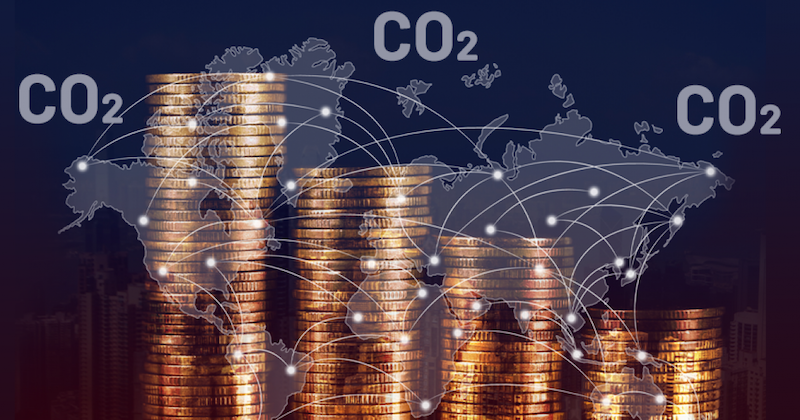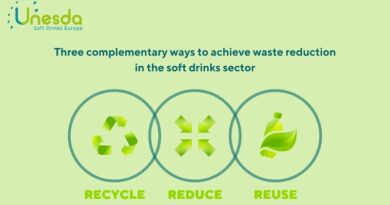
From Carbon Markets to Green Industrial Policy
This summer fires, floods and heatwaves raged across the European continent, while the IPCC presented her long awaited climate report. If our emissions stay on the current level, the research concludes, our climate goals are out of sight at the end of this decade. The coming years, therefore, will be decisive in halting the worst effects of the climate emergency and living up to the Paris Agreement. In order to keep the European Union in line with a 1.5°C compatible pathway, the EU must achieve at least 65% overall emission cuts by 2030 and net zero in 2040.
A key condition for climate neutrality is the decarbonisation of European industry. The energy intensive industry is showing only few signs of the rapid and deep decarbonisation that is needed already before 2030; industrial emissions reductions have stagnated since 2012.
Gradual efficiency improvements will not be sufficient; decisions to radically cut emissions need to be taken in the coming years.
Therefore, the European Commission presented a proposal for the revision of the EU Emissions Trading System (ETS) in July. This has been the central piece of legislation that was supposed to establish the ‘polluters pays principle’ and incentivise the decarbonisation of power generation, industry, and aviation in one carbon market. Emissions from the current EU ETS sectors (and including the maritime sector) are to be reduced by 61% by 2030, compared to 2005, an increase of ambition in 18 percentage points.
This is a big step in the right direction and a clear goal. However, it does not tackle industries’ central challenge, which is to stay competitive and at the same time massively invest in new supply chains, abundant renewable energy and completely rebuilding industrial sites to become net-zero. With its small funds and free allocation, ETS only offers compromise solution. ETS can be an enabler, but we need much more.
For this transition to happen we need a comprehensive European green industrial policy that does not only put a price on carbon pollution, but offers policy support throughout the entire value chain of energy intensive industries.
Industry will need green investments, massive amounts of sustainable input (energy and materials), stable markets and demand for sustainable products and related R&D and skills. There is an endless amount of studies underpinning the need for this broad package, but let me elaborate on two key elements for the coming years: we need to mobilize green capital and build green lead markets.
All roads to net-zero emissions will require short term investments in which we increase spending with 25–60%1. For this, we need to take into account public and private sources such as state aid, the MFF, green bonds and the EU-taxonomy. But, first of all, the ETS can and should also be one of the main enablers. Not only to incentivise these investments with a high and predictable carbon price, but also by being a major source of funding for sustainable innovation and deployment. It is therefore necessary that we stop shielding the industry from carbon pricing and deploy ETS to generate revenues for investment.
We need to abolish ETS’ ambivalent structure, end free allocation and use the revenues to massively increase the Innovation- and Modernisation Funds.
The Commission is taking steps to change the free allocation system, but even the (very slow) phase-in of the Carbon Border Adjustment Mechanism (CBAM) doesn’t touch upon more than half of the free allowances currently given to industry2.
The planned increase of the funds is also insufficient. During the last funding round, projects have requested more than ten times the available budget. The increased funds should be used to fund Carbon Contracts for Difference (CCfD): project related subsidies based on avoided emissions, which reduce the risk for industry that comes with the volatility of markets, making low-carbon technologies economically viable on the long run.
These investments, however, will make the production processes somewhat more expensive: about 20-30% more for steel and 20-80% for cement and chemicals3.
Companies, facing international competition, can only bare these costs when there is a demand for sustainable basic materials.
Studies4 offer a wide range of possible instruments: from financial instruments to regulation, which could be deployed in the coming years. From mandatory green public procurement and a carbon price on end products, to changes in construction and product standards, so that sustainable solutions are the preferable option. But also quotas for low-carbon materials, so that producers of consumer goods are obliged to use fixed shares of low-carbon materials.
Together with the push from carbon pricing and investments, a pull will create lead markets for sustainable products. But this is just a small step: industry needs to realise that decarbonisation is inevitable and that free allocation is eventually not in their interest. In turn, policy makers need to be bold and provide certainty to industry and investors that their climate action will pay off. We need much more than a carbon market, we need a strong and comprehensive green industrial policy.
____________________________________________________________________________________________________
1 https://materialeconomics.com/publications/industrial-transformation-2050
3 https://materialeconomics.com/publications/industrial-transformation-2050
4 https://www.agora-energiewende.de/en/publications/climate-neutral-industry-executive-summary/




